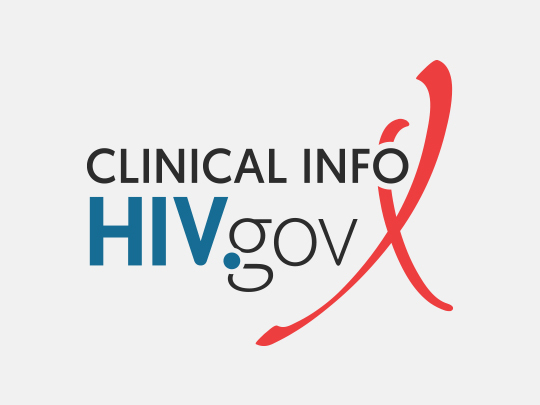Update to the Guidelines for the Prevention and Treatment of Opportunistic Infections in Adults and Adolescents With HIV

The Guidelines for the Prevention and Treatment of Opportunistic Infections in Adults and Adolescents With HIV have been updated.
- Expanded the discussion on the diagnosis and treatment of nonocular cytomegalovirus end-organ disease
- Updated guidance on monitoring response to therapy and drug adverse effects
- Provided more detailed information on diagnosing diseases associated with human herpes simplex virus type 1 (HSV-1) and type 2 (HSV-2)
- Added recommendations on the management of HSV epithelial keratitis and stromal keratitis
- Added treatment recommendations for central nervous system, visceral, and disseminated HSV-1 and HSV-2 disease
Immunizations for Preventable Diseases in Adults and Adolescents With HIV
- Updated pneumococcal vaccine recommendations to include the use of 21-pneumococcal conjugate vaccine (PCV21)
- Updated mpox vaccine recommendations with new information on data supporting their use
- Added a second pentavalent meningococcal conjugate vaccine (MenABCWY) recommendation and updated the dosing intervals for meningococcal group B vaccines
- Updated treatment recommendations to reflect new trial data suggesting limited benefit of tecovirimat monotherapy; clarified eligibility for use under an expanded-access investigational new drug protocol
- Expanded the discussion on rifamycin- and azole-related interactions, as well as therapeutic drug monitoring
Talaromycosis (formerly Penicilliosis)
- Updated and expanded the Diagnosis section, with a focus on nonculture-based diagnostics
- Provided more detailed recommendations regarding the use of primary prophylaxis
These guidelines are published in an electronic format and updated as changes occur in prevention and treatment science. All updates are developed by the subject matter groups listed in Appendix B. Guideline updates are reviewed by scientific content experts.
For a list of recent updates, please see What's New in the Guidelines. To view or download the guidelines, go to the Adult and Adolescent Opportunistic Infections Guidelines section of the Clinicalinfo website. The guidelines tables and recommendations also can be downloaded as separate PDF files.
Clinicalinfo welcomes your feedback on the latest revisions to the Guidelines for the Prevention and Treatment of Opportunistic Infections in Adults and Adolescents With HIV. Please send your comments with the subject line “Adult and Adolescent Opportunistic Infection Guidelines” to HIVinfo@NIH.gov by July 29.